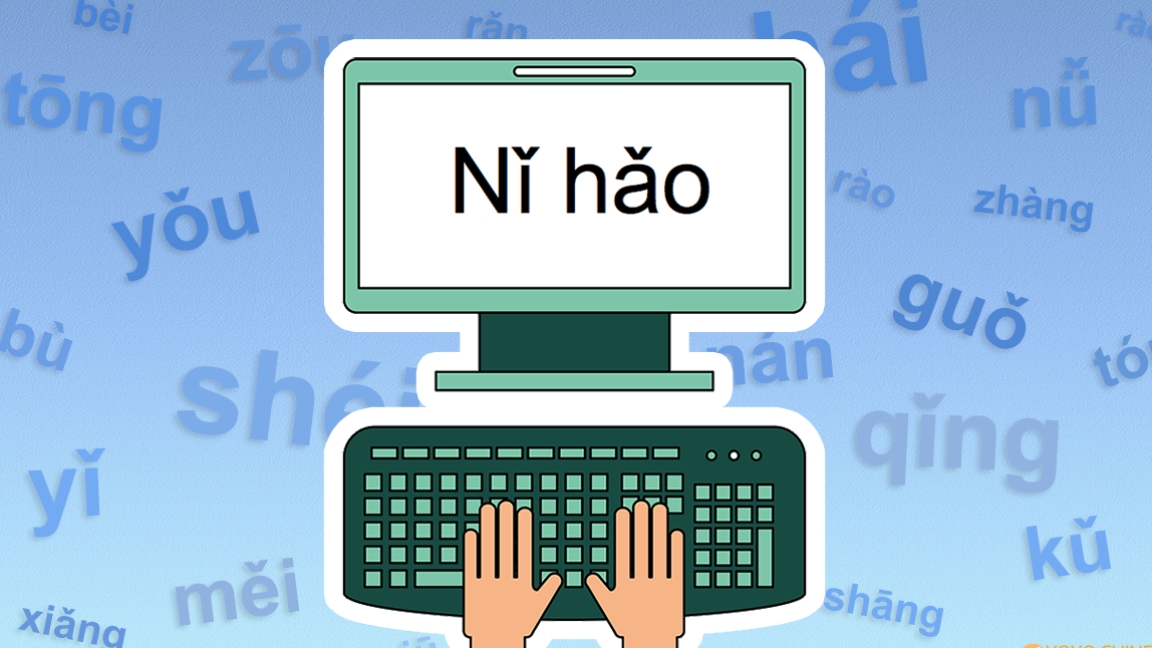
When I taught at Soochow University in Taiwan, one of my staple courses was "Introduction to English Linguistics," a compulsory subject dreaded by second-year English majors. Students feared it; their grades were consistently low. As a student, I saw my classmates struggle; as a teacher, I saw the same in my own classes.
Understanding their plight, I spoke slowly, gave simplified explanations, and made exam questions as clear as possible – even listing key concepts as "sure test items." Still, failure rates remained stubbornly high.
In an era of grade inflation, I wanted to give students a chance to boost their confidence through genuine effort. My solution was a bonus question in the final exam – one that could rescue a borderline grade. That "lifesaver" was hanyu pinyin (汉语拼音).
In Taiwan, hanyu pinyin is rarely used outside international contexts. Its most visible role is in the Romanized spelling of place and street names, and even then, only in some cities. Most people barely notice it. My decision to include it came from personal experience and an understanding of the larger linguistic landscape.
I was born and raised in Taiwan. In the 1990s, while pursuing my doctorate at the University of Illinois at Urbana-Champaign, I taught Mandarin Chinese to American students. At first, I was unfamiliar with hanyu pinyin, but over time I came to rely on it. Back then, major American libraries were converting their Chinese catalogues from the Wade-Giles system to hanyu pinyin – a massive change that directly affected my research.
When I returned to Taiwan, I began every linguistics course with a two-week introduction to hanyu pinyin, testing students on it mid-term. But despite emotional appeals and the lure of bonus points, most students remained indifferent.
This was hardly surprising. Taiwan's dominant phonetic system is zhuyin fuhao (Mandarin phonetic alphabet), a set of symbols derived from Chinese characters, similar to Japan's katakana. Introduced in 1918, it was abolished on the Chinese mainland in 1958 in favor of hanyu pinyin but remains deeply embedded in Taiwan's daily life. As a result, most Taiwan people – even university teachers and students – are unfamiliar with any form of Chinese Romanization.
Romanization is the broad term for representing languages with the Latin alphabet. Many systems have existed for Chinese, beginning with those devised by Western missionaries. Over centuries, hanyu pinyin emerged as the international standard. Before its adoption, Wade-Giles dominated. Others – such as Postal Romanization, Gwoyeu Romatzyh, Yale Romanization and Tongyong Pinyin – came and went.
Politics have also shaped Taiwan's approach. In 2000, the ruling Democratic Progressive Party adopted tongyong pinyin, a modified version of hanyu pinyin, to emphasize difference from the Chinese mainland. In 2008, the Kuomintang replaced it with hanyu pinyin to align with both the mainland and international norms. When the DPP returned to power in 2016, it kept the policy unchanged.
Since then, the most visible changes have been in place names: Panchiao became Banqiao, Tsoying became Zuoying, Taipei's Chunghsiao East Road became Zhongxiao East Road. Most county names, however, were left untouched, and personal name spellings remain up to individuals.
Leaving politics aside, the most common complaint I hear is about the sound values of certain letters – especially c, x and q. Some say they are too difficult for English speakers, making names like Cao Xueqin a challenge. I acknowledge the mismatch, but point out that many European languages assign letters values unfamiliar to English speakers. The letter j, for instance, has multiple pronunciations across English, German, French and Spanish. Hanyu pinyin is simply another distinct system.
When explaining pinyin in Taiwan, I keep it simple. Many letter choices have practical reasons. C represents the "ts" sound, as it does in Czech or Polish. X is used for "xi" because "s" and "sh" were already assigned to other sounds. Q represents "qi," a choice that makes sense when viewed through Southern Min, where the "k" sound often corresponds to Mandarin "qi."
Mandarin has far more distinct sounds than there are Latin letters. Hanyu pinyin had to balance science, system and usability. It is not perfect, but it accomplished what once seemed impossible – creating a consistent, international system for writing Chinese in the Latin alphabet.
Zhou Youguang, who passed away in 2017, modestly denied being the "father of hanyu pinyin," crediting generations of effort. Yet it was his final push that secured its place as both China's standard and the world's bridge to written Chinese.
Over two decades, I taught hanyu pinyin to nearly 3,000 students in Taiwan. My influence was modest, but I like to think that each one left my class better equipped to navigate a world where linguistic bridges matter as much as cultural ones.
(The author is a professor of English and dean of the School of Foreign Languages, Sanda University, Shanghai.)

